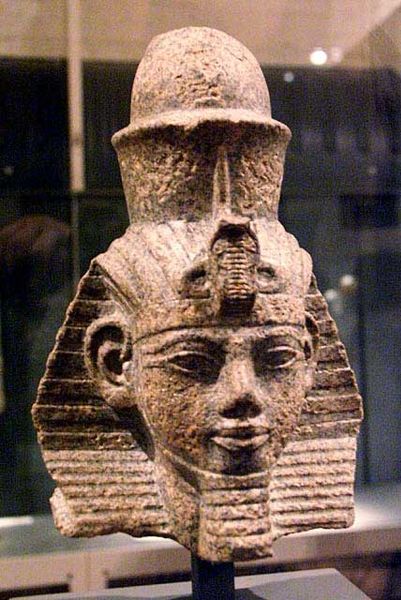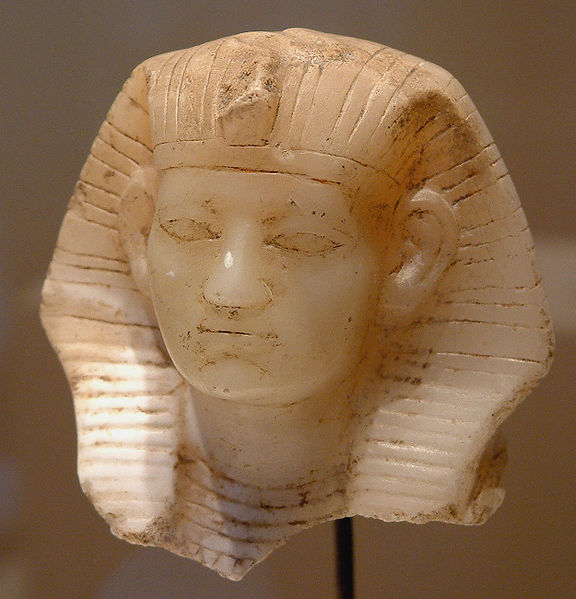Sculpture
The ancient art of Egyptian sculpture evolved to represent the ancient Egyptian gods, Pharaohs, and the kings and queens, in physical form. Whether there was real portraiture in Ancient Egypt or not is still debated till now. Massive statues were built to represent gods and famous kings and queens. These statues were supposed to give eternal life to the kings and queens, and to enable the subjects to see them in physical forms.
Very strict conventions were followed while crafting statues: male statues were darker than the female ones; in seated statues, hands were required to be placed on knees and specific rules governed appearance of every Egyptian god. For example, the sky god (Horus) was essentially to be represented with a falcon’s head, the god of funeral rites (Anubis) was to be always shown with a jackal’s head. Artistic works were ranked according to exact compliance with all the conventions, and the conventions were followed so strictly that over three thousand years, very little changed in the appearance of statues. These conventions were intended to convey a timelessness and non aging representation of the figure's ka, or life for an eternal afterlife. And once the Egyptians entered the afterlife, thus began a long afterlife.



